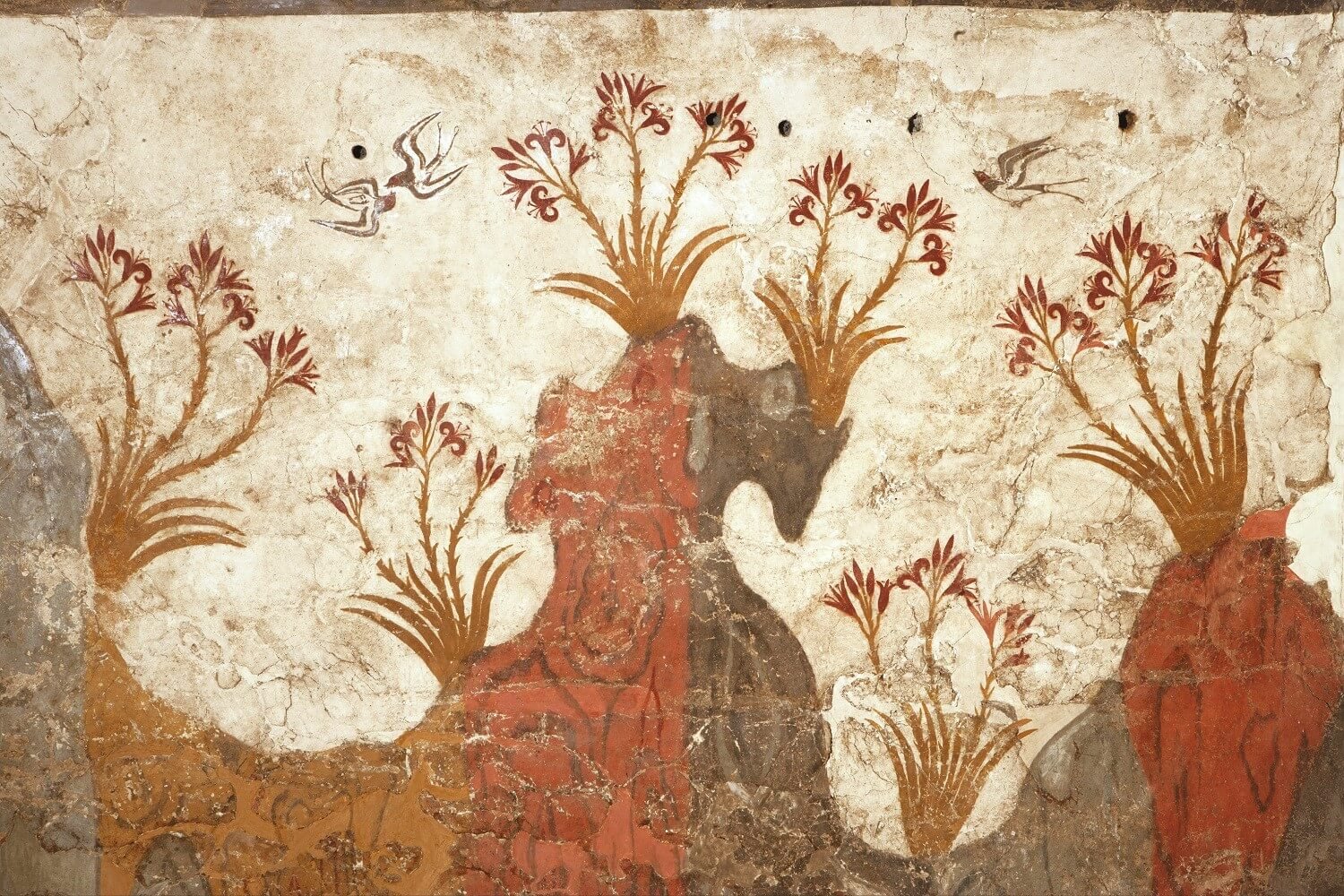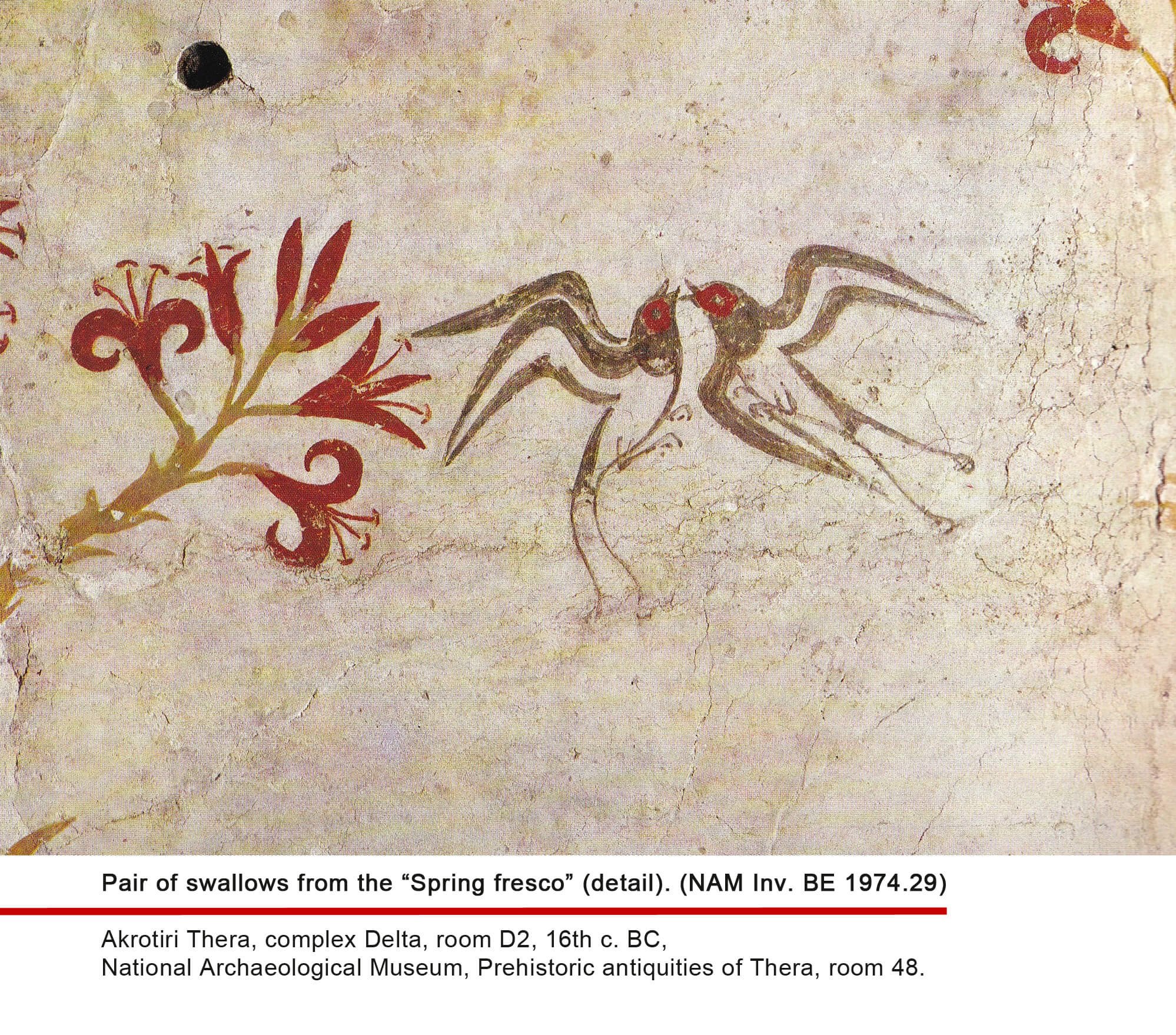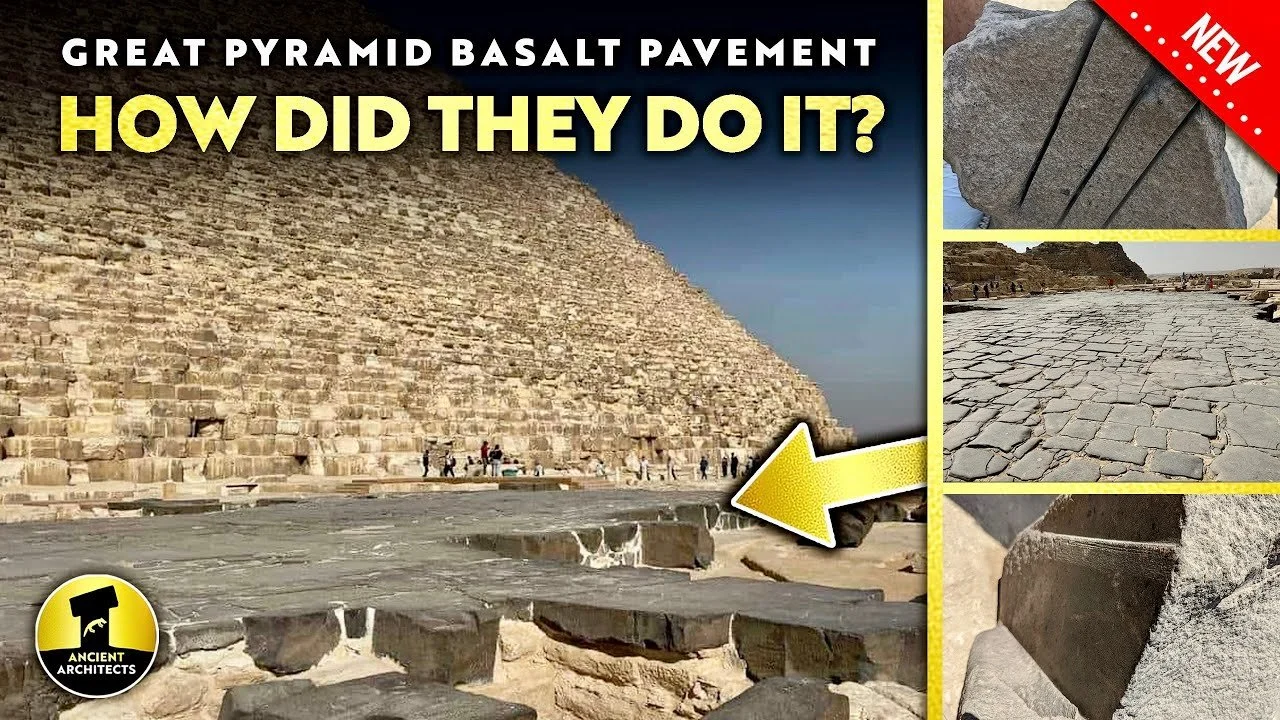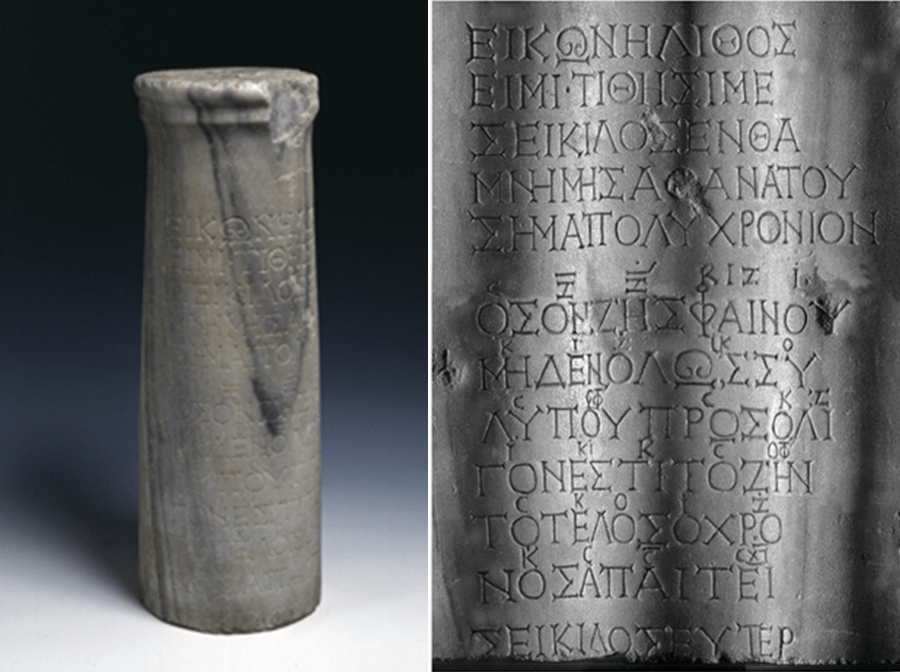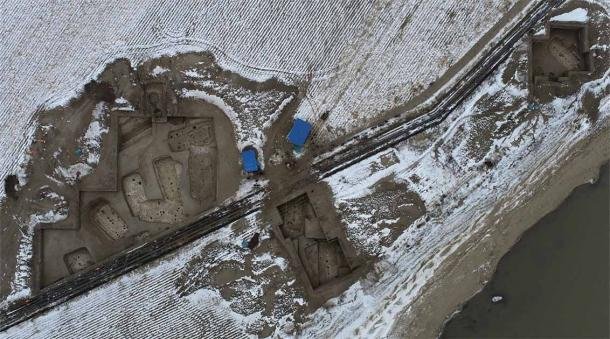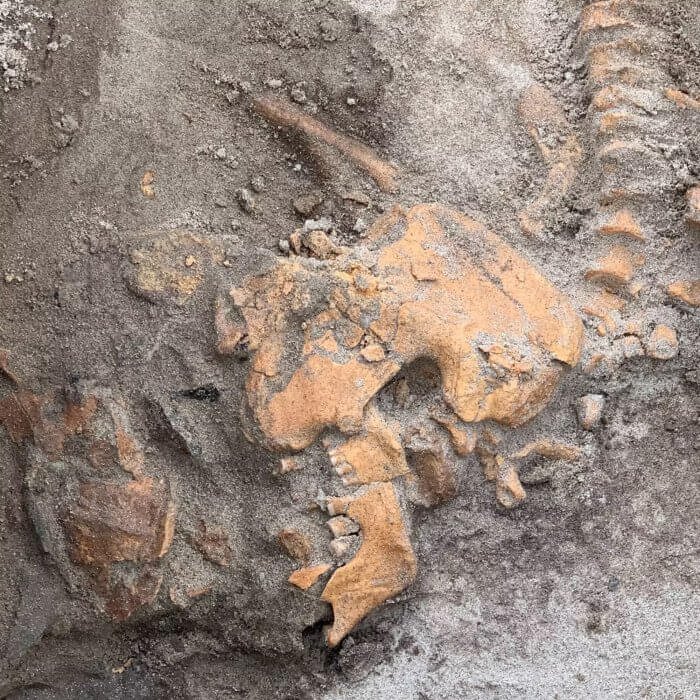The Vivid Palette of Akrotiri's Spring Fresco: A Testament to Bronze Age Artistry in Santorini
In the heart of the Aegean Sea lies Santorini, a Greek island renowned for its breathtaking landscapes and rich historical tapestry. Among its many wonders is the ancient site of Akrotiri, a Cyclado-Minoan Bronze Age settlement preserved under layers of volcanic ash. The Spring Fresco, discovered in Sector D of Akrotiri, stands as a vibrant testament to the artistic prowess and environmental awareness of the Minoan civilization.
The Palette of Nature: Volcanic Inspirations in the Spring Fresco
The Spring Fresco, dating back to the 17th century BC, captures the essence of Santorini's unique geological features. The mural's composition is a harmonious blend of vivid colors, mirroring the varied hues of the volcanic rocks that define the island's landscape. This artistic rendition is not merely a depiction of nature but an intricate tapestry woven from the very heart of Santorini's volcanic identity.
Red Beach of Santorini, Kevin Poh, flickr
Red Beach is just a stone's throw from Akrotiri and resides within the Kokkini Ammos area. The name derives not from the dark volcanic sands but from the dramatic backdrop of red, icon-rich cliffs.
A Symphony in Stone: The Colors of Santorini's Volcanic Rocks
Santorini's volcanic rocks present a kaleidoscope of colors, ranging from deep reds and burnt oranges to subtle yellows and striking blues or blacks. These colors are born from the complex geological processes that have shaped the island over millennia. Iron oxides lend the rocks their red and orange tints, while sulfur and other minerals contribute to the yellows and blues. The spring fresco masterfully renders these hues, showcasing the artist's keen observation and appreciation of the natural world.
Lava houses on the threshold of Oia, contrasts with the blackness of Nea Kameni’s lava.
Artistic Alchemy: The Technique Behind the Fresco's Colors
The artists of Akrotiri employed a fresco technique, applying pigments to wet plaster, allowing the colors to become an integral part of the wall. This method ensured the longevity and vibrancy of the mural. The pigments were derived from natural sources, with each color carefully chosen to reflect the island's volcanic palette. The reds and yellows were likely derived from ochres, while the blues may have come from copper-based minerals.
The Spring Fresco: A Canvas of Life and Nature
Beyond its geological accuracy, the Spring Fresco is a celebration of life and nature. It depicts a springtime scene filled with flora and fauna, bringing the outside world into the interior space. The mural's composition is dynamic and fluid, capturing the essence of rebirth and renewal associated with spring. This choice of subject matter reflects not only the artists' connection to their environment but also their understanding of the cyclical nature of life, mirroring the ever-changing landscapes shaped by volcanic activity.
The Legacy of Akrotiri's Artisans: Celebrating Human Creativity
The Spring Fresco of Akrotiri is more than a mere archaeological artifact; it is a timeless ode to human creativity and resilience. Through their art, the Bronze Age inhabitants of Santorini celebrated their environment, embraced its challenges, and immortalized their understanding of the world around them. The fresco stands as a reminder of the enduring beauty of human expression, transcending the boundaries of time and culture.
In conclusion, the Spring Fresco of Akrotiri is not just a remarkable piece of Bronze Age art; it is a vivid narrative painted in the colors of Santorini's volcanic rocks. It encapsulates the awe-inspiring interplay between nature and human creativity, serving as a testament to the enduring legacy of ancient civilizations and their profound connection to the world they inhabited. This masterpiece from the past continues to inspire and captivate, reminding us of the timeless beauty inherent in human artistry.

